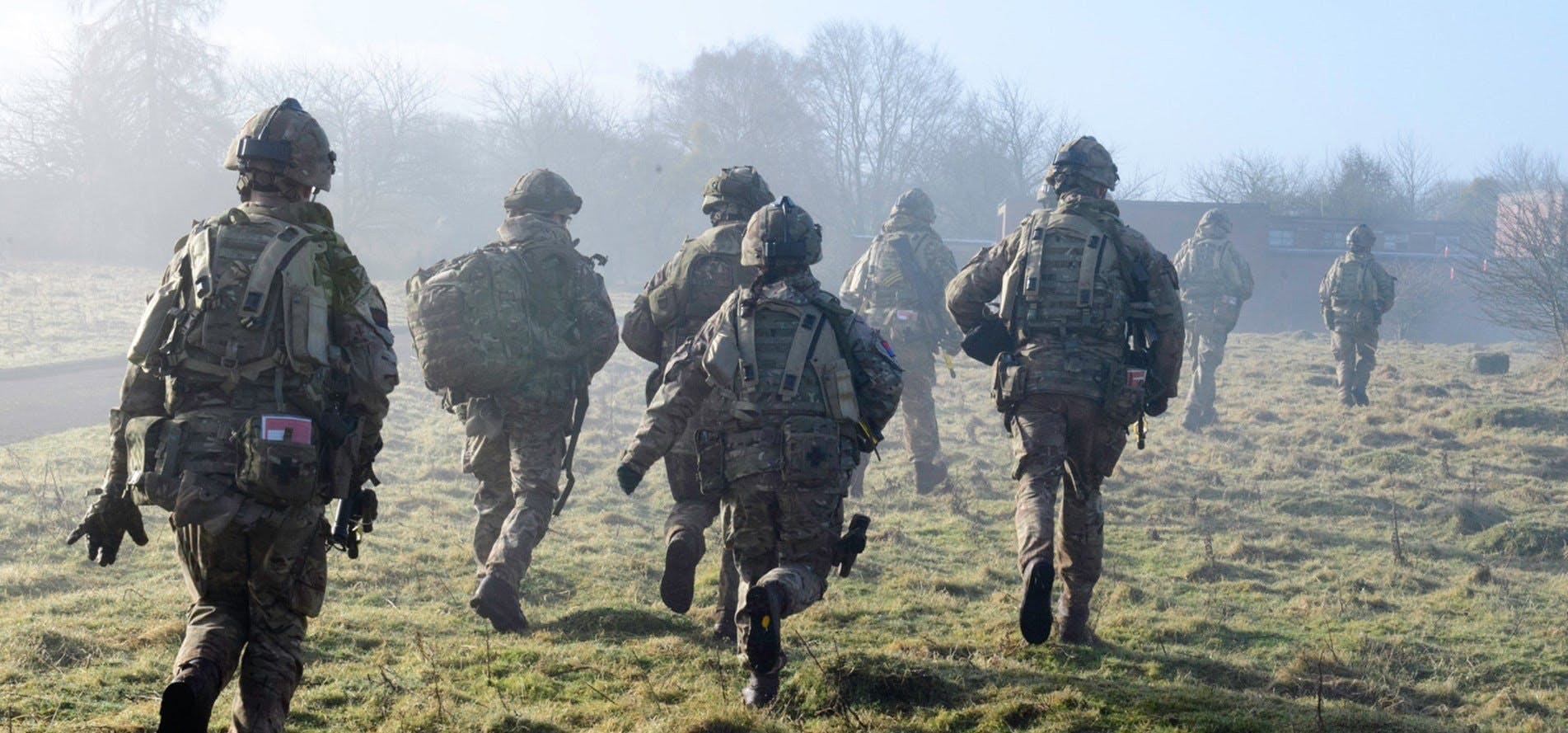In a recent written question from Labour MP Julie Minns, Defence Minister Al Carns provided detailed data on annual fitness test failures across the Royal Navy, Army, and Royal Air Force.
The data spans several years and highlights notable trends in the physical readiness of UK service personnel, showing both challenges and improvements across branches.
Royal Navy
The Royal Navy recorded fluctuations in its annual fitness test failure rates, with a peak in recent years. In 2022, the failure rate reached 8%, marking a considerable rise from 7% in both 2020 and 2021. The rate continued to increase in 2023, peaking at 9%. However, 2024 showed a positive turnaround with a notable drop to 5%, suggesting improvements in fitness standards and readiness.
British Army
The British Army has maintained a relatively consistent and low fitness test failure rate, with only minor variations over the years. Since 2021, the Army’s failure rate has stayed around 3%, a trend that continued into 2023. Notably, 2024 recorded a slight decrease to 2%, marking a small but positive step toward achieving lower failure rates. The Army’s commitment to regular training and fitness support has been reflected in these consistent results.
Royal Air Force
The Royal Air Force (RAF) has seen more variation in recent years, with a peak failure rate of 9% in 2021. Since then, the RAF has made gradual progress, reducing the rate to 8.7% in 2022 and further to 6.9% in 2023. In 2024, the RAF continued to show slight improvement, with the failure rate dropping to 6.7%.
The data for each branch reflects the MOD’s efforts to address physical standards and highlights areas for further focus, particularly as each branch adapts to new challenges in maintaining operational readiness among personnel.

